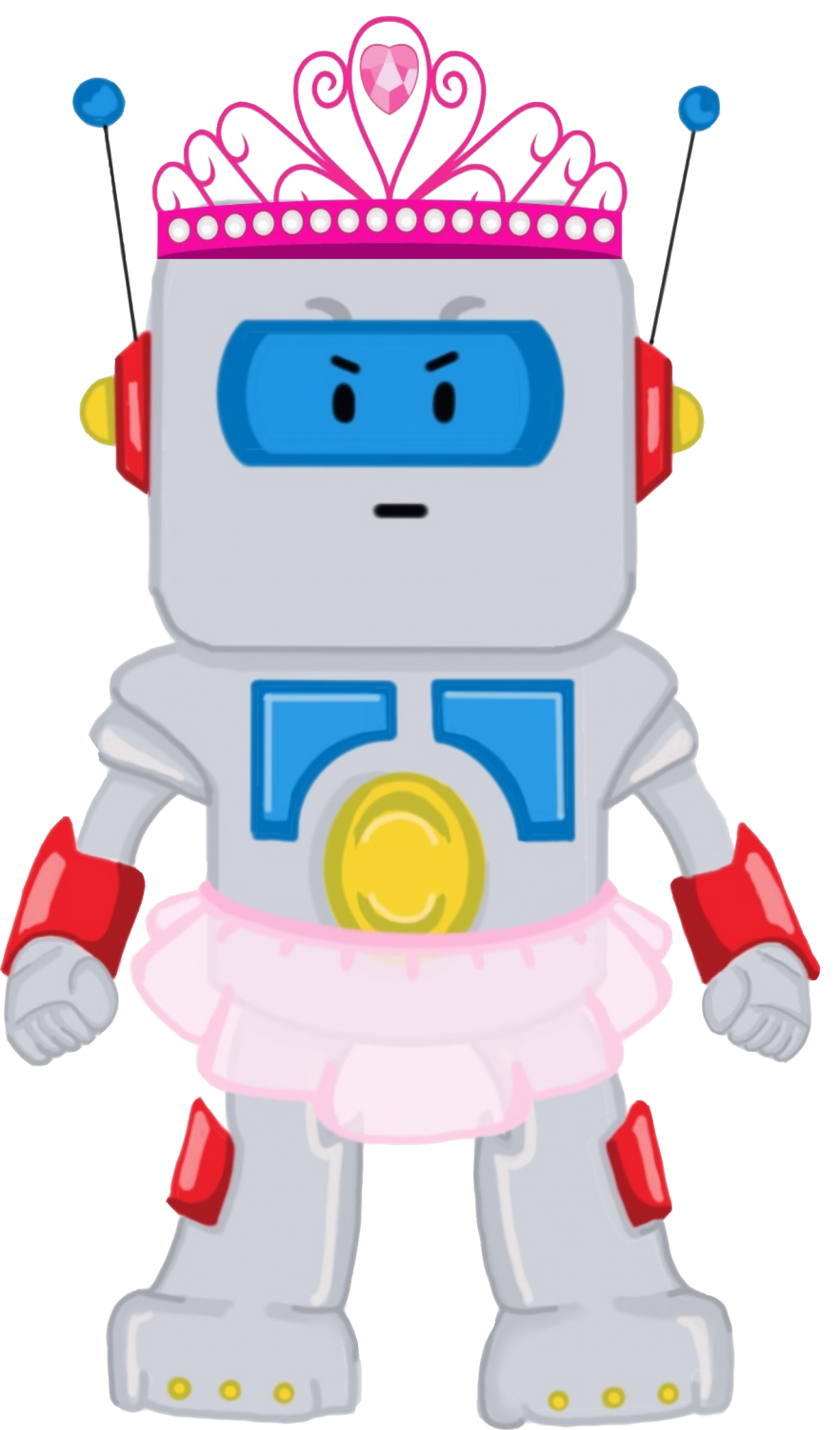Baby Dolls and Baseball Cards
Why must our toys be divided by gender?

As a child, it was commonplace for me to drag my parents over to the toy section of any store and marvel at the items on display.
What escaped me, however, was the clearly divided rows painted either blue or pink.
In the blue rows, boys would be fighting over the newest Nerf gun or Lego set, while in the pink rows girls would be deciding between a new Barbie doll or Polly Pocket set.
This gendered divide of children’s toys is an unfortunate normalcy of American society, and it establishes gender stereotypes from a very early age.
In 2018, developmental psychologist Lauren Spinner created a study that compared the reactions of children who had only been exposed to stereotypical toys of their gender to children who were allowed to play with any toy regardless of gender.
When shown a series of stereotypically male or female toys and asked who should play with each one, the children with indiscriminate exposure to toys were more flexible in their answers.
Alternatively, the other set of children stayed rigid in girls using “girl” toys and boys using “boy” toys.
By separating children by the types of toys they are allowed to play with, a separation between who you can play with is also created.
There is constant debate on whether women and men can be friends without gendered differences getting in the way, but the few question how this separation begins.
Children form bonds with others they relate to and can play with, so telling them which toys they are allowed to use directly prevents them from befriending those that are “different” from them.
If a girl isn’t allowed to play with trains and action figures, how could she be able to play with the boys in her grade?
If a boy playing with baby dolls and tea sets is seen as emasculating, what stops him from belittling the girls that love them?
Judith Blackmore, a psychology professor at Purdue University, noticed in her study that “girls’ toys were associated with physical attractiveness, nurturing, and domestic skill, whereas boys’ toys were rated as violent, competitive, exciting, and somewhat dangerous.”
Not only does this encourage negative attributes such as unnecessary focus on appearance in women and aggression in men, it also marginalizes the skills a child learns during development.
“Traditionally masculine toys…encourage visual and spatial skills, while traditionally feminine toys encourage communication and social skills,” Spinner said.
“If children only play with one, then they are missing out on a whole host of skills.”
An argument might be made that the separation of children by gender has always existed, with the colors pink and blue as signifiers being the headlining example.
After all, children are wrapped up in either pink or blue blankets after birth in the hospital to identify them by.
However, barely a century ago, the colors blue and pink had entirely different meanings.
In a publication called Earnshaw’s Infants’ Department from 1918, it said “the generally accepted rule is pink for the boys, and blue for the girls. [Pink], being a more decided and stronger color, is more suitable for the boy, while blue, which is more delicate and dainty, is prettier for the girl.”
Thus, colors are unnecessarily gendered, but evidently interchangeable and irrelevant.
By creating toys that emphasize all necessary skills for a child’s development without relying solely on stereotypes to sell them, children will be given the tools to grow into well-rounded individuals.
Children should not be forced to define themselves by the gender that is written on their birth certificate, and especially not by toys colored pink or blue.